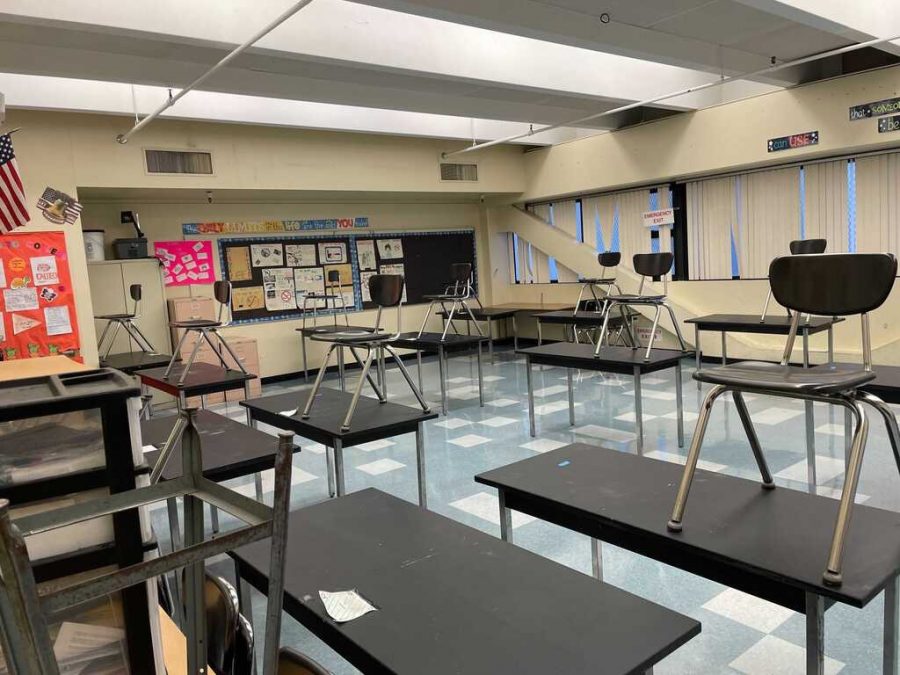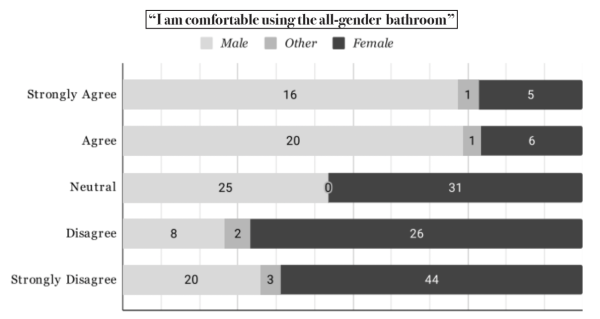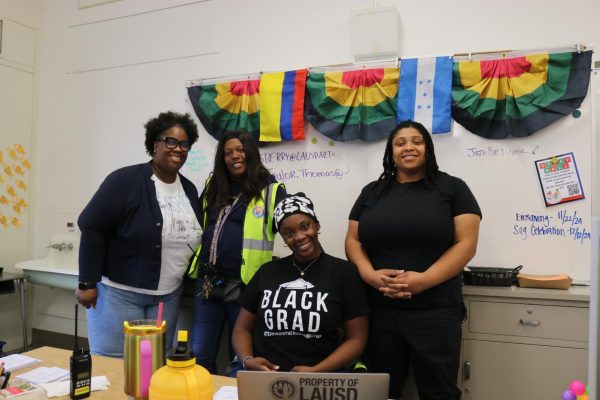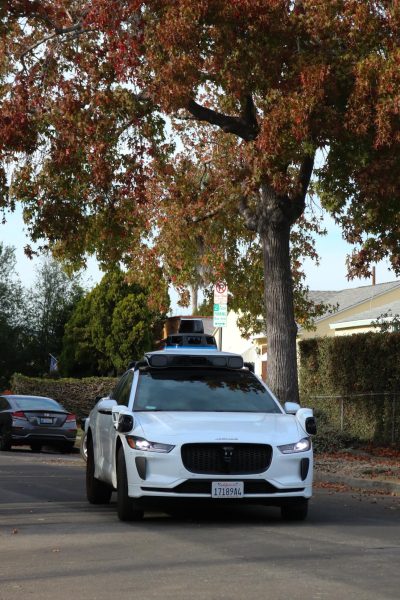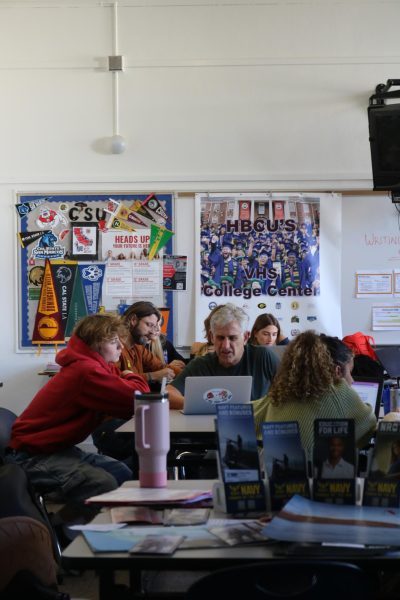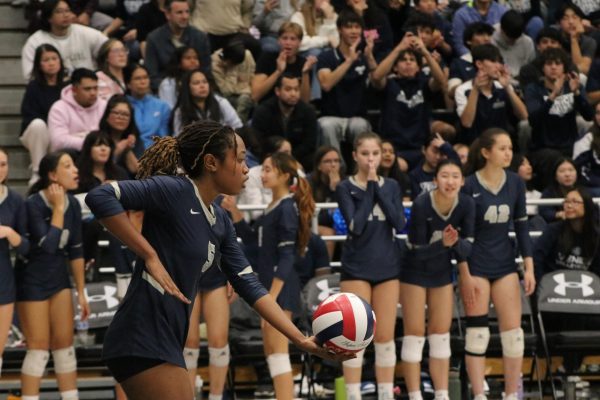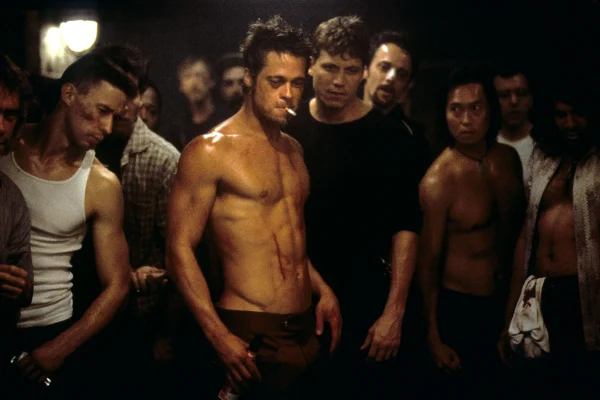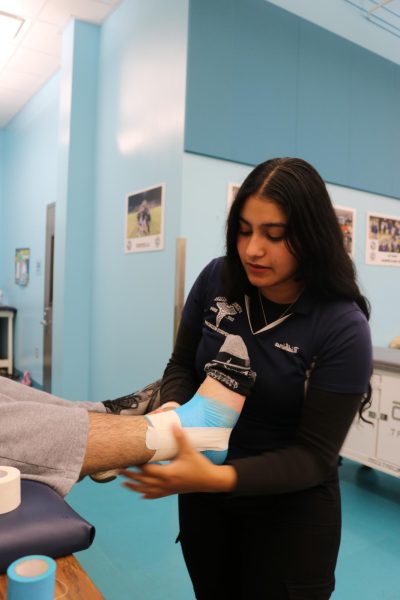LAUSD’s Plan For A Safe Return To School
With L.A. County COVID-19 case numbers continuing to rise like never before, the city’s healthcare system is being stretched dangerously thin. According to Mayor Eric Garcetti, “the county expects that we will run out of hospital beds here in Los Angeles by Christmas time.”
Considering these alarming circumstances, and the fact that our county remains strongly in the Purple, or most restrictive tier, it seems highly unlikely that schools will return to in-person learning before February or March of 2021.
However, LAUSD and local school communities are preparing for students’ return to campus by instituting new safety measures and planning the logistics of a “hybrid model.”
On Tuesday Dec. 1, Venice High School’s administrators hosted a town hall dedicated to explaining LAUSD’s plan for the return to in-person learning.
The implementation of the hybrid model would require the student body to be split into smaller groups for in-person learning in order to reduce the risk of virus transmission. The resizing of classes could possibly disrupt the schedules of many students, an unprecedented action this far into the academic year.
There will likely be different teachers and courses for a portion of students returning to school second semester, including possible changes to the school’s master schedule.
“These decisions are based on the total number of students expected to return in person,” said Vice Principal Yavonka Hairston-Truitt.
For many students, especially those with vulnerable family members, returning to campus may not be the best option.
Because of this, the district and schools are working to accommodate students who can not return in person by allowing them to continue online-only instruction, a point which was emphasized by Principal Gabriel Griego.
“We encourage families to pick the option that best suits the student for safe success,” he said.
Students and families can select whichever option via an online program selection form, which must be completed by this Sunday. If no form is received, the student will automatically be enrolled in the hybrid model.
Students will also be able to transition from online-only to the hybrid program at designated points throughout the spring semester, regardless of their initial program selection.
In addition to going through the program selection process, students and families are encouraged to schedule a COVID-19 test at an LAUSD location soon in order to expedite the transition back to campus. A negative test is required before a student can return to school.
Vice Principal Hairston-Truitt stressed the importance of testing and tracing, calling it “necessary and appropriate,” while encouraging families to “schedule testing for students as soon as possible.”
The LAUSD testing site nearest to Venice High School is located at Grand View Blvd. Elementary School, however, appointments can be made at any of the multiple testing locations.
Besides testing and tracing, a large part of ensuring a safe return to campus are physical health precautions.
If LAUSD schools choose to reopen, they are planning on using a guideline system called “The Three S’s” to make the transition back to school as smooth as possible; Screening, Sanitation and Social Distancing.
Screenings would include daily temperature checks upon arriving at school. If the temperature check is normal, students will then proceed to sanitize their hands and from there, enter school.
Frequently touched surfaces such as desks and handrails will be sanitized regularly to help ensure the safety of students and staff. There will also be hand sanitizer stations located throughout the halls as well as in the bathrooms.
“Plexiglass will be located in all classrooms,” said Hairston-Truitt.
Social distancing will be taken very seriously to ensure student’s safety. One of the first ways that schools will ensure this is by placing plexiglass not only around classrooms but also in areas such as the cafeteria and the student store.
But even with the use of plexiglass, there would be strict enforcement of social distancing. Seating would be arranged in a way that all desks would be facing one direction.
Students would be split up into two groups who would go on alternating days to avoid an influx of students on campus at the same time. Within those groups there would be cohorts of nine other students (including a teacher) who would be grouped together based upon their academic schedule.
Masks would become mandatory during class and would only be allowed off for certain activities such as eating lunch or drinking from a water bottle. The water fountains will be covered and shut off to decrease the risk of COVID-19 transmission, so students will need to bring their own water.
Hallways will also be modified to fit social distancing guidelines. They will include directional stickers on the floor to mark the allowed pathways as well as signage posted on the halls to remind students which direction to walk.
With talk of these necessary restrictive health measures, multiple student attendees of the town hall were concerned with the ability to socialize with their peers—something that health restrictions at school may not permit.
Junior Christopher Healy expressed his hopes for being able to once again socialize.
“I don’t think I’m wrong when I say it’s the largest reason students want to return to school,” Healy said.
“It’s a determining factor for me because it gives me a chance to talk to and hang out with my friends, and being around them helps me stay active both mentally and physically.”
Teachers, many of whom much prefer teaching in person, are also excited that there is finally talk of a safe return to campus.
“I prefer interacting face to face with my students,” said math teacher John Bruno. “I feel students learn better. I’m a pretty effective communicator, and I like doing activities with my students.
“It’s very difficult to do a lot of things I want to do in class online. I would much rather be at school teaching, but only when it’s safe enough for students, teachers, everyone in the community.”

